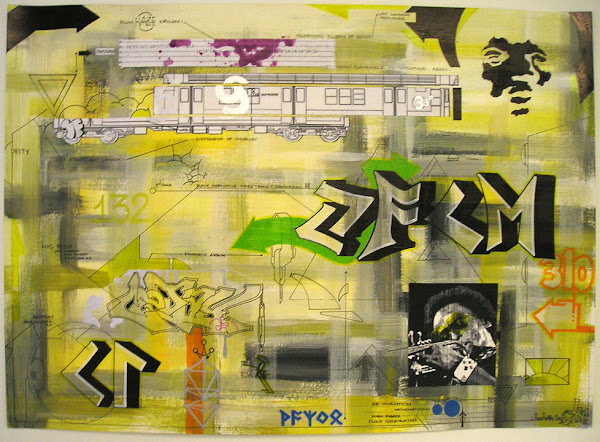Funerary design is often overlooked as a form of architecture just as obituaries are an overlooked form of literary writing (See my blog entitled Memento Mori.) Rarely does the design of a mausoleum draw our attention unless it was designed by a famous artist like Michelangelo who designed the tombs of Giuliano de Medici and Pope Julius II (with its magnificent central figure of Moses.)
Tomb of Pope Julius II
Tomb of Giuliano De Medici
Today I visited Woodlawn Cemetery in the Bronx primarily because I wanted to see where Miles Davis was buried and pay my respects to my favorite musician. My visit far exceeded my expectations.
Woodlawn Cemetery is 148 years old and has been declared a National Treasure largely due to the number of historic and notable figures who are buried there. (more on that later).
Woodlawn is considered a garden or rural type of cemetery that came into existence during the early 19th Century.
The mausoleum of Victor Herbert was of particular interest to me. As a young man I remember someone in my family having first edition envelopes issued by the U.S. Postal service commemorating Victor Herbert. My mother's maiden name is Herbert, and I used to wonder if there was a family connection. Probably not but he remains, in the back of my mind, as a constant thought.
Walking along the avenues of the cemetery is peaceful, it's like walking through a city in miniature filled with wonderful architecture. The mausoleums are what attracts one's attention initially. Most of the mausoleums appear to be Romanesque; there's nothing here that would appear to be Gothic in form. Probably because Gothic architecture is difficult to execute in miniature; it demands the majesty and grandeur of a large scale execution.
The word mausoleum comes to us from King Mausolus of Halicarnassus whose burial chamber was one of the Seven Wonders of the ancient world. There is much here that would catch the eye of a Freemason: twin pillars,broken columns, sphinxes and weeping virgins abound. There are also cenotaphs, monuments to the dead who have been interred elsewhere.
I traveled to Woodlawn to pay homage to my favorite musician: Miles Davis, but I was surprised at how many more musicians were buried here: Celia Cruz, Max Roach, Jackie McLean and Lionel Hampton.
I didn't get to see the tombs of Herman Melville, Ralph Bunche or Felix Pappalardi of the rock band Mountain, so I'll have to plan a return visit.
When I was a student at Brown I use to ride my bike through one of the cemeteries located in Providence. I would pull over sit on the grass and read for an hour or two. The cemetery dated back to colonial times and often I would see Anthropology students doing rubbings of the head stones. For some reason I have found myself in cemeteries in most of the cities that I have visited: New Orleans, Rome, Paris and London to name but a few. Cemeteries are the only place that I know of where time truly stands still.
Suddenly I am reminded of the first sentence to Dan Brown's novel, The Lost Symbol which begins: "The secret is how to die." How can you truly live if you have not conquered the fear of death.
So Mote it Be!
Clifford Jacobs
Have Pen, Will Write

































.jpg)



No comments:
Post a Comment